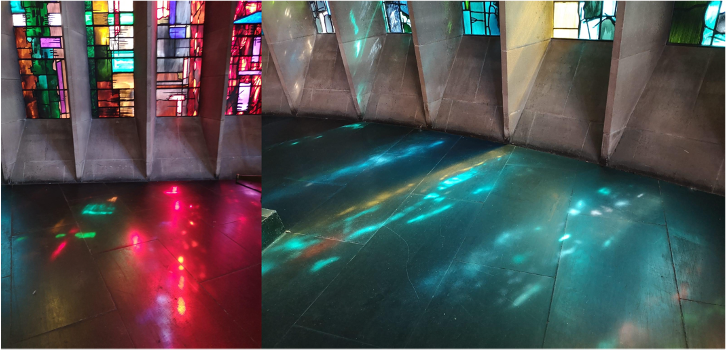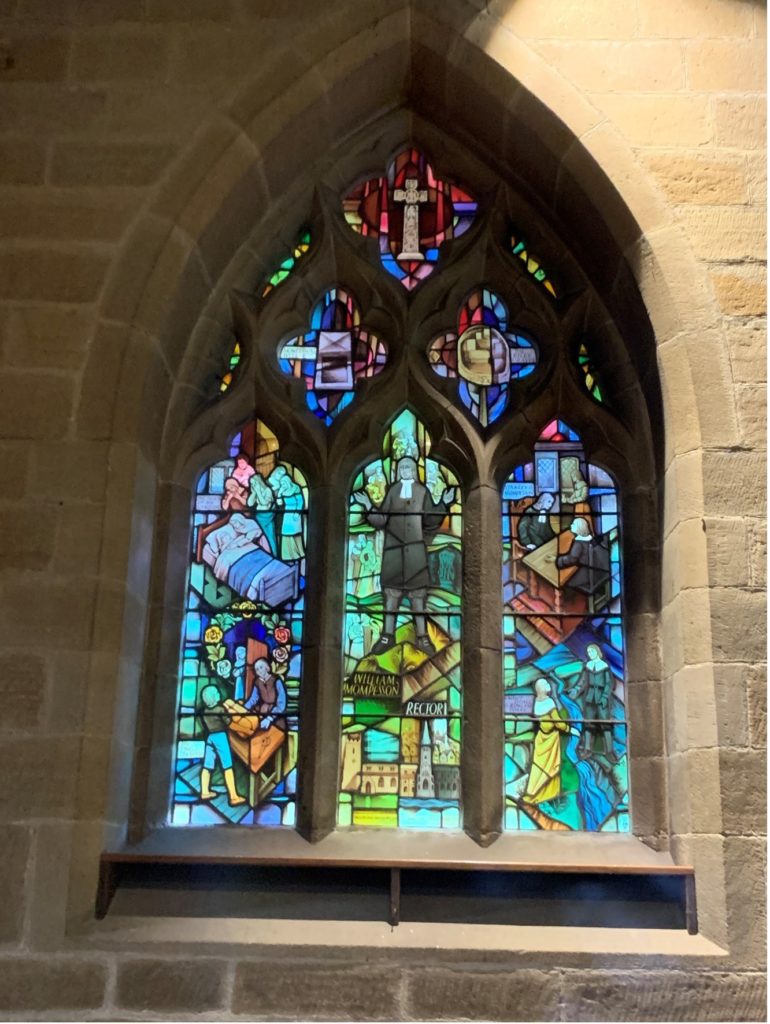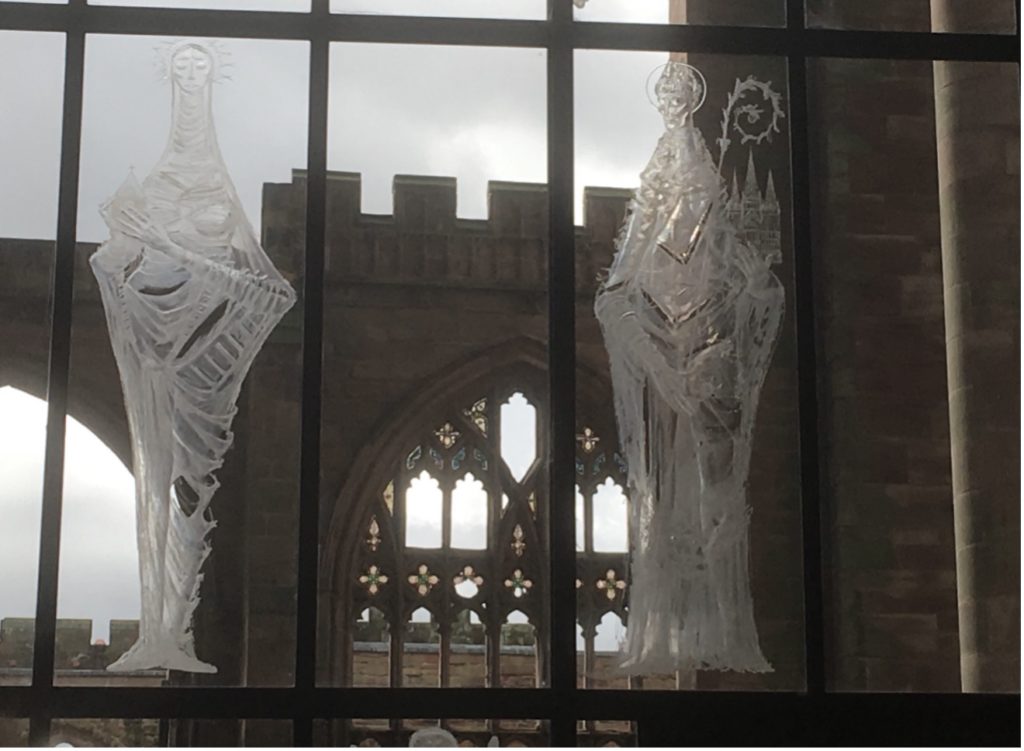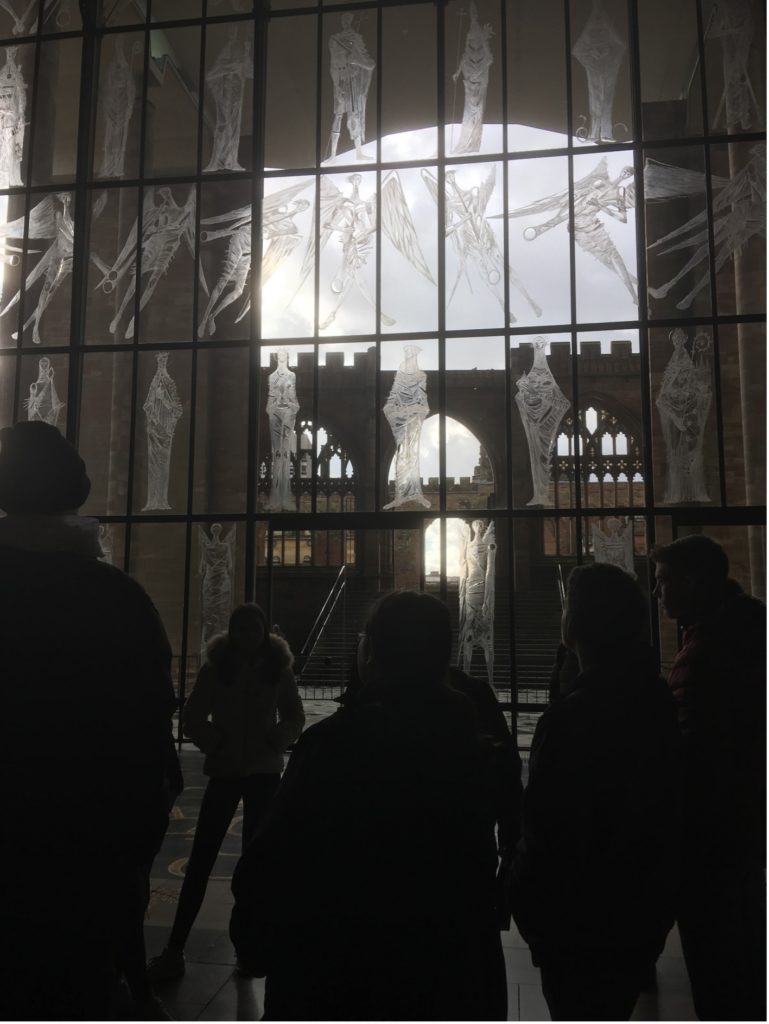For a number of years I have desired to do something creative. After 21 years in the classroom I have resisted the path towards school leadership but I wanted something more.
Then Covid came and for the first time in a long time I had space and time. I had no broadcasting experience, no equipment, no technical skills and avoided all social media, but decided to start a podcast. After some research I wrote a business plan, sketched out the early episodes and created a website. A friend let me use a recording cupboard under his stairs and I embarked on an incredibly steep learning curve.
I cringed at my own voice initially but I have long passed that reaction. Having boycotted social media due to its negative impact on my mental health, I now needed to re-engage to promote the podcast. I was right to do so. Twitter’s community of educators and specialists in their field has inspired and supported me. Through social media I have found Muslims, Jews, Sikhs, Buddhists, Ex-Jihadists, gay vicars and ex-convicts for the podcast.
I released my first episode in October 2020 and ten people listened. Now I have nearly 45,000 listeners around the world. In February 2023 I published my 100th episode. I was asked once during an inset day to tell the person next to me one thing I was proud of. I honestly couldn’t think of a single thing. Now I would have no hesitation in naming The RE Podcast. It has connected me to so many wonderful people and it is such a privilege to use my skills, knowledge and experience to enthuse and support others in teaching the subject I love.
This a free resource, which is one way I can serve the Religion and Worldviews community. I consciously avoid taking a contrary or antagonistic approach to interviewees if our outlooks differ. I try to model how we can listen, be open, connect and communicate. What I create is accessible for teenagers and non-specialists, as well as experienced specialist teachers.
Each episode suggests something that I can use in my teaching. But it is the guests that have had the most impact on me. Talking to the Rev. Steve Chalke was one of my personal highlights. I was brought up in the Church of England at the same time as Steve was a Youth Minister. His enthusiasm inspired me as a young Christian; he was a childhood hero. When he came on to the podcast the first time, his passion had not wavered but it was his compassion that spoke to me. He reads the bible from a position of love rather than tradition, open mindedness rather than dogma.
Life is full of people who say ‘follow your dreams’ or ‘face your fears’. I am not going to say that. But in your private moments, consider whether there is anything you would really like to do. One day an opportunity will present itself, and when it does, you’ll recognise and grasp it! What I am doing isn’t actually outside my comfort zone, it was just the right thing at the right time. I have had to learn new skills, listen to my own voice, research and work hard, but these are things I can do.
When my eldest son was 11 he asked, ‘Mum, what is your hope for the podcast?’ A great question! When I reflect on how far I have come, I feel like I am doing what I was meant to do. I have built my own studio and do all my own editing and promoting. I cannot wait to record new material, will happily spend a weekend editing and am always excited to release each episode. More than this, I feel connected to Religion and Worldviews teachers all over the world.
I would love to devote my whole time to the podcast and create accompanying resources for teaching. How wonderful to have an RE teacher creating media that could be used in classrooms. Watch this space!



